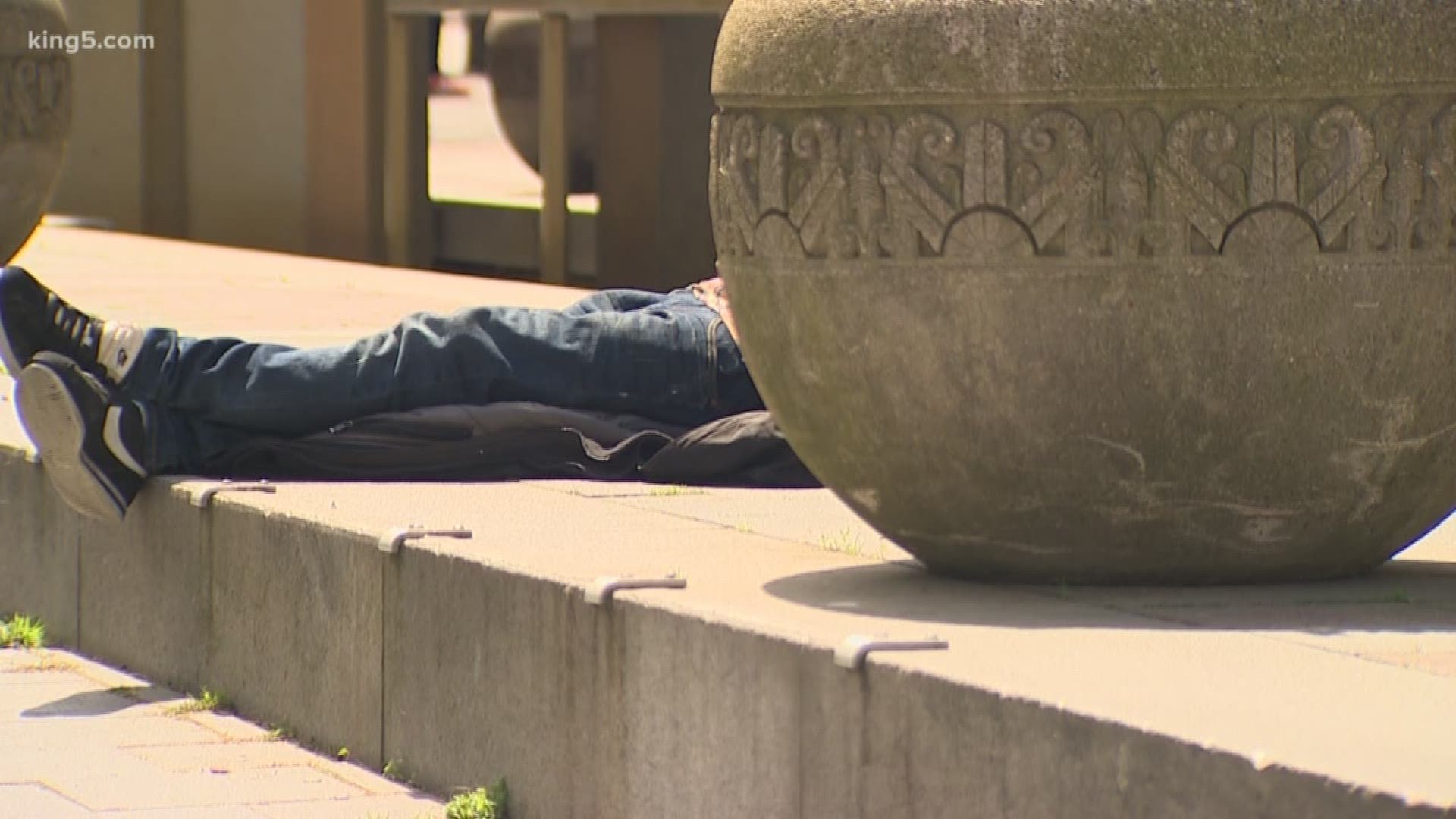Editor's note: The video above concerns a new public safety effort being undertaken by Seattle police.
The number of hate crimes reported in Seattle each year has increased by the hundreds since 2012.
In 2018, the city received reports of 521 hate crimes. There were 106 reported in 2012.
Meanwhile, the police unit responsible for investigating hate crimes has maintained the same staffing level, according to the auditor's office. The audit does not evaluate whether the number of detectives in the Violent Crimes unit is enough to address the problem, or if one bias crimes coordinator is sufficient. However, "given the number of reported hate crimes, the City of Seattle may want to evaluate the resources dedicated" to hate crimes, the auditor's report states.
Using the police department's biased crime data, the auditor's office found the number of reported hate crimes between 2012 and 2014 remained fairly steady, with fewer than 130 cases each year. In 2015, there were 205 reported cases; 256 the following year. In 2017, 418 cases were reported.
A rise in reported crimes doesn't mean there are more occurring. As the auditor's report notes, cities with more reported hate crimes are seen as "leaders in hate crime response," with police prioritizing these type of crimes.
Between 2012 and 2017, 37 of reported malicious harassment cases resulted in a conviction.
The auditor's office notes 53% of reported hate crimes occur in areas zoned as general mixed use and multi-family.
"This helps explain why hate crimes occur in neighborhoods with more renters," the report states. Additionally, mixed use zones typically incorporate thoroughfares and bus stations, meaning there is a high volume of pedestrian traffic. "This results in more interactions between strangers of different backgrounds and beliefs that may lead to more hate crimes."
Areas with more people of color or LGTBQ individuals see higher related hate crimes.
Additionally, though less frequent, the report notes that hate crimes in less dense areas occur along the borders of mostly white and racially diverse city blocks.

